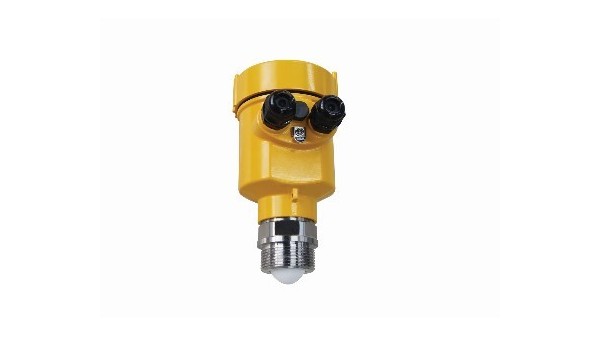In the sugar industry, level monitoring of beet extraction tanks is one of the key factors to ensure production efficiency and product quality.
Traditional level measurement methods are often difficult to adapt to harsh conditions such as high temperature, high viscosity and corrosiveness, while radar level meters, with their advantages of non-contact measurement, have become an ideal solution.

The materials in the beet extraction tank have unique physical properties. First, the dielectric constant of the beet extract changes with the change of sugar concentration, which has a significant impact on the reflectivity of the radar wave.
Secondly, the temperature and pressure changes during the extraction process will also affect the propagation speed and reflection characteristics of the radar wave.
Therefore, choosing the right radar level meter and installing and using it correctly are crucial to accurately measure the level of the beet extraction tank.
In practical applications, radar level meters measure distance by transmitting microwave signals and receiving their echoes. When microwaves encounter the surface of the material, part of the energy is absorbed and part is reflected back to the radar antenna.
By analyzing the time delay and intensity of the echo, the distance from the material surface to the radar antenna can be calculated, and then the material level height can be obtained.
Because radar waves can penetrate steam, dust and foam with low dielectric constant, this allows radar level meters to work stably in high humidity and foam-prone environments such as beet extraction tanks.

However, the application of radar level meters is not without challenges. For example, if there is strong stirring in the tank or the liquid surface fluctuates greatly, the echo signal may be attenuated or scattered, affecting the measurement accuracy.
In addition, if there are too many attachments to the tank wall, it may also interfere with the propagation of microwaves.
Therefore, when designing and installing radar level meters, these factors need to be taken into account, and the appropriate installation position and angle, as well as the appropriate frequency and technical parameters, should be selected to optimize the measurement performance.
In terms of maintenance, although radar level meters are more durable and require less maintenance than other types of level meters, it is still necessary to regularly check and clean the antenna to ensure that there is no material accumulation or contamination that affects the transmission of the signal.
At the same time, regular updates of the software are also key to ensuring measurement accuracy, as manufacturers may provide new algorithms to improve measurement performance under specific conditions.

The application of radar level meter in sugar beet extraction tanks demonstrates its reliability and accuracy in harsh industrial environments.
Through reasonable selection of equipment models, precise installation and meticulous maintenance, radar level meter can not only provide continuous and accurate level monitoring, but also contribute to the automation and intelligence of the sugar industry, thereby improving production efficiency and product quality.
